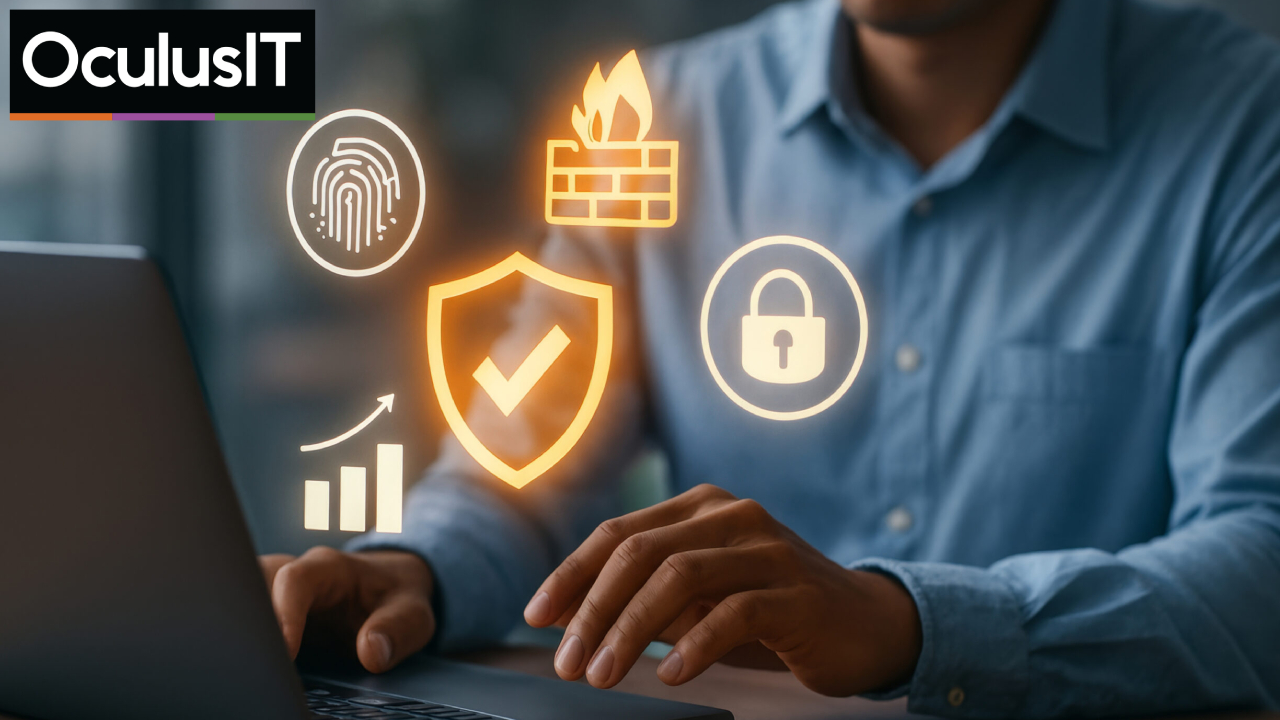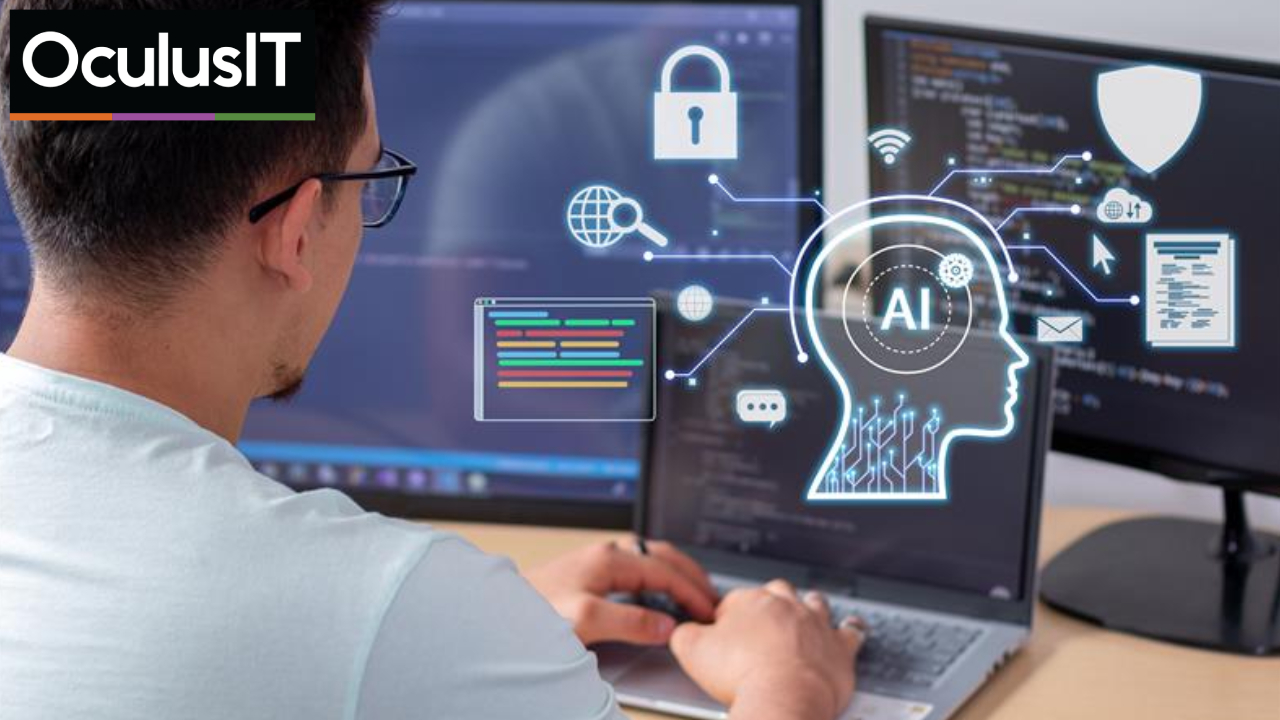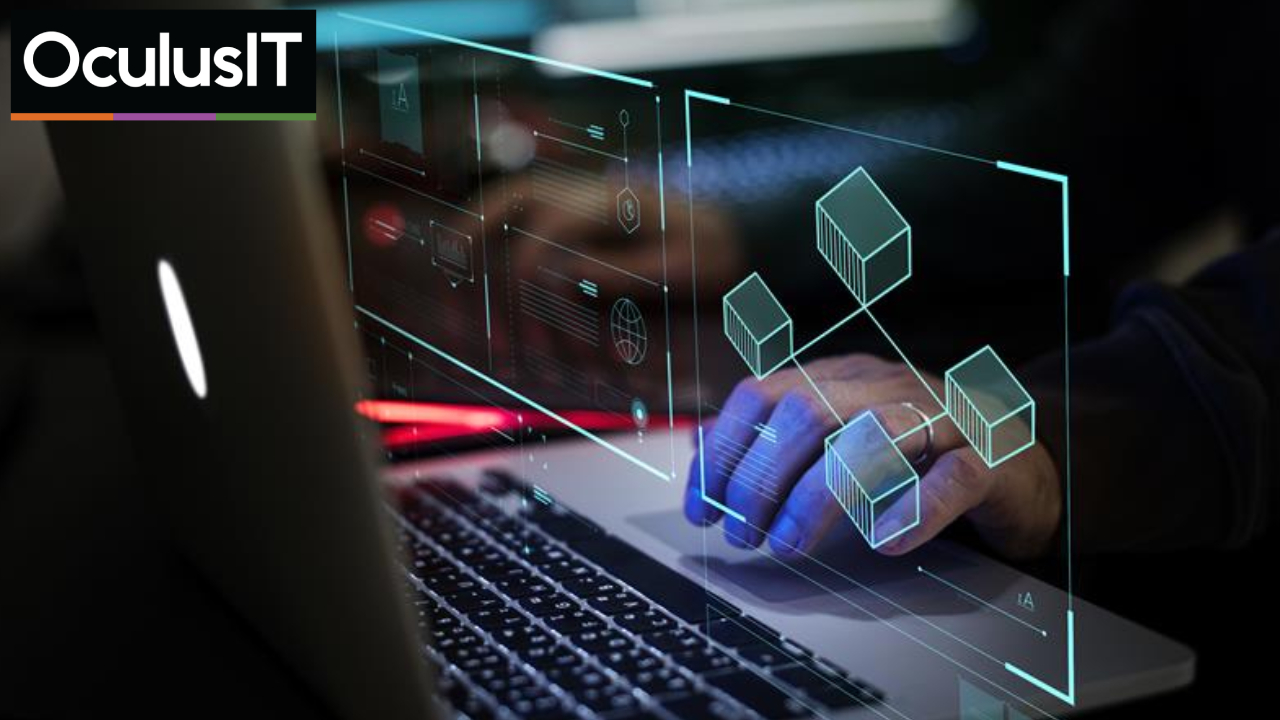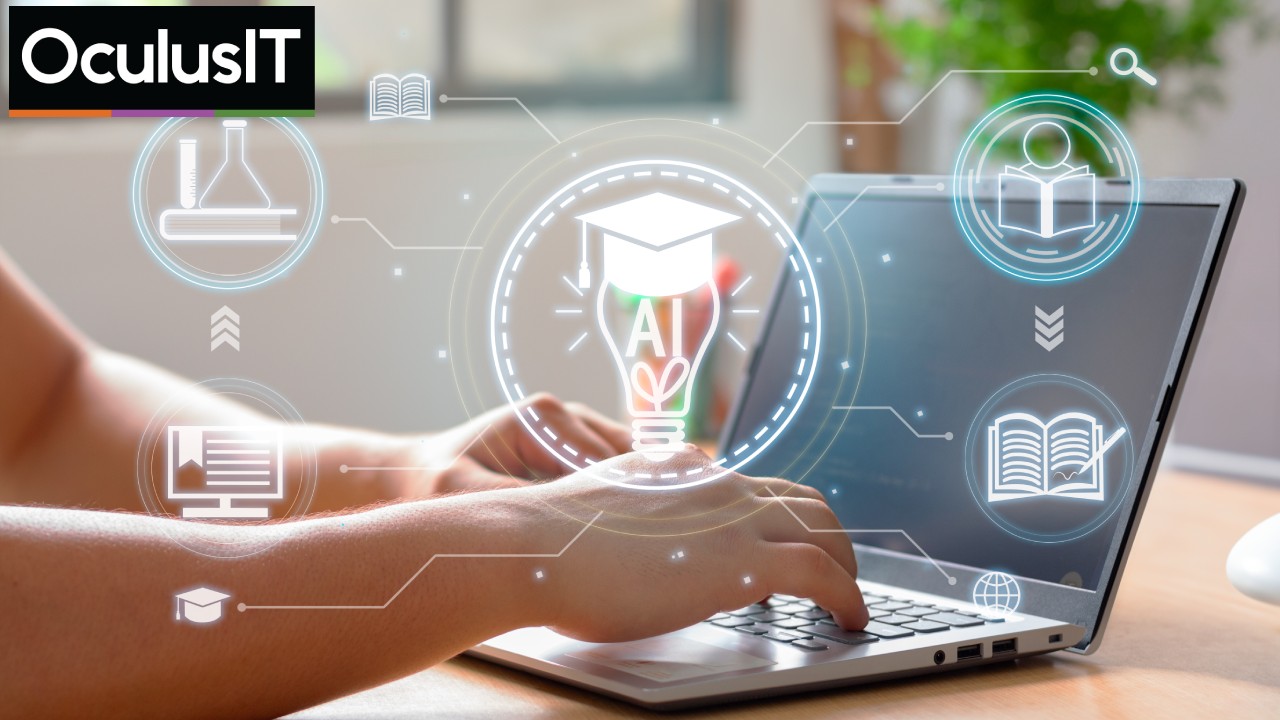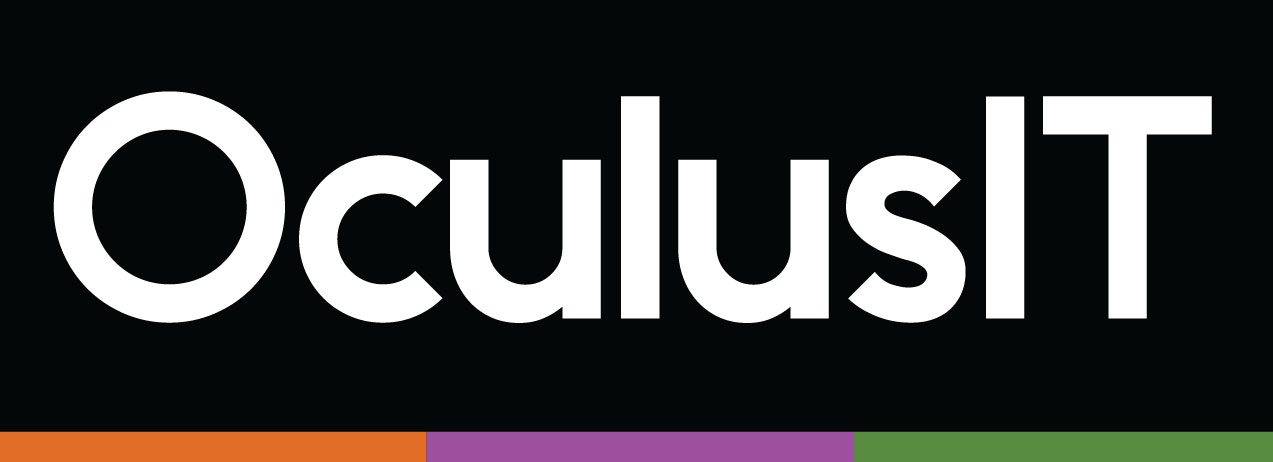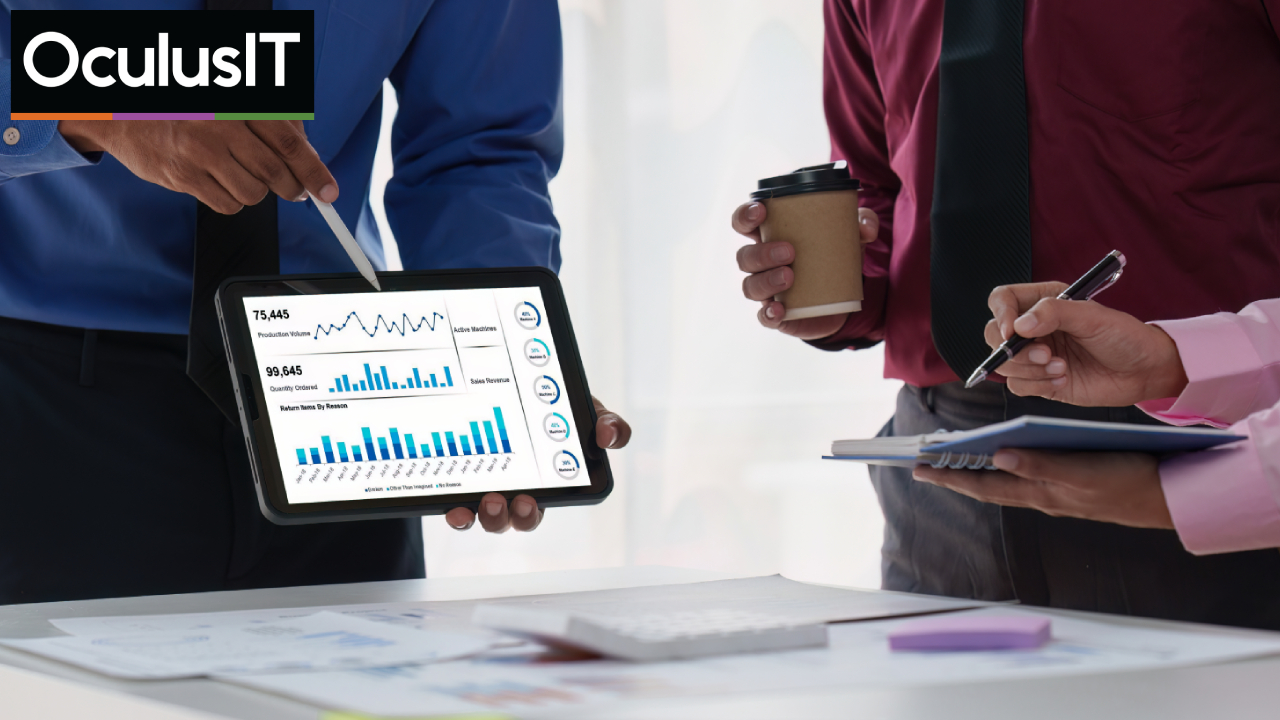
ERP Innovations in 2025: Real-Time Data and Security Are No Longer Optional
April 28th, 2025
Campus leaders are tired of hearing “we’ll get that data to you by end of week.” When decisions need to be made fast, waiting days for a report isn’t just inefficient. It’s costly! For many higher education institutions, outdated ERP systems remain the invisible obstacle to operational agility, accurate forecasting, and student success.
As we move deeper into 2025, the conversation around ERP in higher ed is no longer about if modernization should happen. It’s about how fast institutions can make the shift to systems that offer real-time data and comprehensive security as core capabilities.
1. Real-Time ERP Data for Higher Education Decision-Making
Modern campuses generate vast amounts of operational and academic data, from enrollment trends and facility usage to budget tracking and alumni engagement. Without real-time insights, institutions are flying blind. Lagging data can lead to resource misallocation, delayed interventions for at-risk students, and misinformed leadership decisions.
Forward-thinking universities are using ERP systems that enable live dashboards, predictive modeling, and self-service analytics for department heads, not just IT staff. The ability to forecast course demand or model tuition scenarios quickly isn’t just convenient, it’s strategic.
2. Higher Ed ERP Security: Moving Beyond Compliance
Cyberattacks targeting higher education institutions have surged in recent years, with ransomware incidents disrupting entire campuses and leaking sensitive student data. ERP systems, often the digital backbone of finance, HR, and academics, are high-value targets.
The shift we’re seeing in 2025 is not just toward ERP systems with built-in compliance features such as multi-factor authentication and encryption. It’s toward platforms that offer adaptive risk monitoring, anomaly detection, and role-based access governance. These measures ensure compliance with regulations like FERPA and GDPR, safeguarding student and institutional information. In this environment, security is no longer a checkbox, but an evolving capability that is constantly tuned to the threat landscape.
3. Cloud ERP Adoption in Colleges and Universities
While higher education has historically lagged in cloud ERP adoption, the tide is finally turning. With cost pressures, staffing shortages, and the increasing need for flexibility, institutions are moving ERP infrastructure off-campus and into the cloud.
What makes cloud ERP compelling is not just its scalability. It’s the ability to centralize disparate systems, standardize workflows across departments, and integrate seamlessly with student success platforms, learning management systems, and third-party analytics tools. For universities struggling with fragmented tech stacks, cloud ERP becomes the connective tissue that turns chaos into cohesion.
4. ERP Systems That Support Student Success and Institutional Goals
The most important shift in 2025 isn’t technical, it’s philosophical. ERP systems are no longer viewed merely as back-office tools. They are being recognized as enablers of institutional outcomes. From supporting retention strategies with real-time academic progress indicators to enabling equity through improved financial transparency, ERP must serve the institution’s mission, not just its processes.
Final Thoughts
ERP innovation in 2025 is no longer about digital transformation for its own sake. It is about enabling institutions to act faster, operate smarter, and serve students more effectively. The gap between institutions that modernize and those that delay is widening. This gap is not only in technical capability but also in agility, equity, and overall student impact. For higher education leaders, the question is no longer “Is our ERP system working?” but rather “Is it helping us achieve the outcomes that matter most?”
Recent Articles
